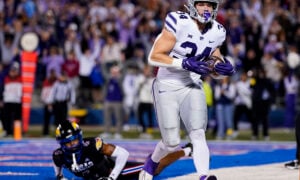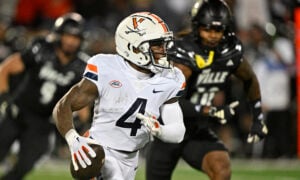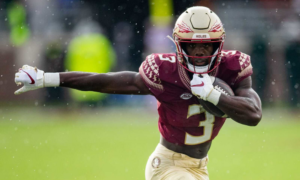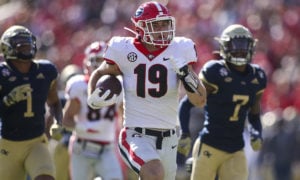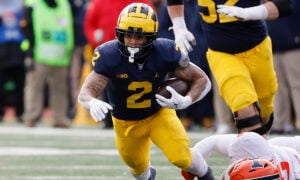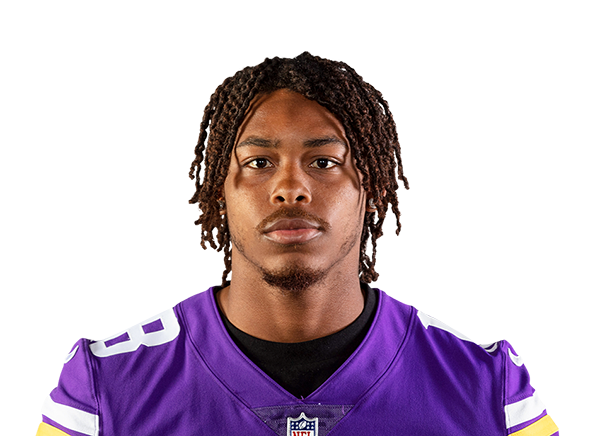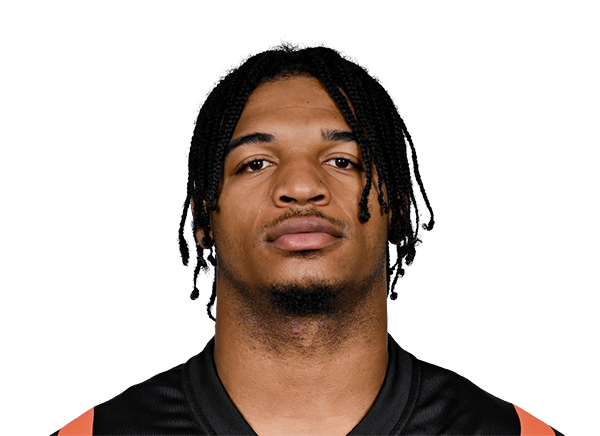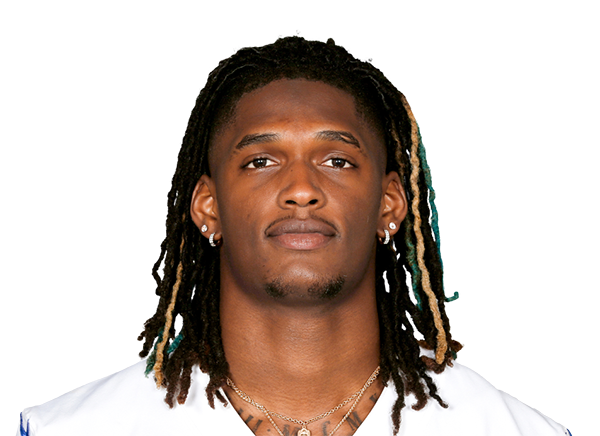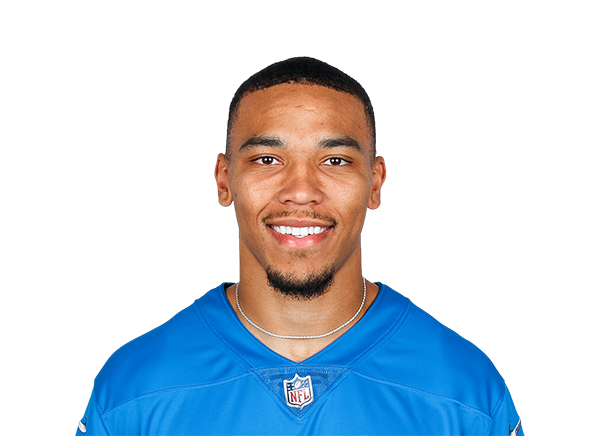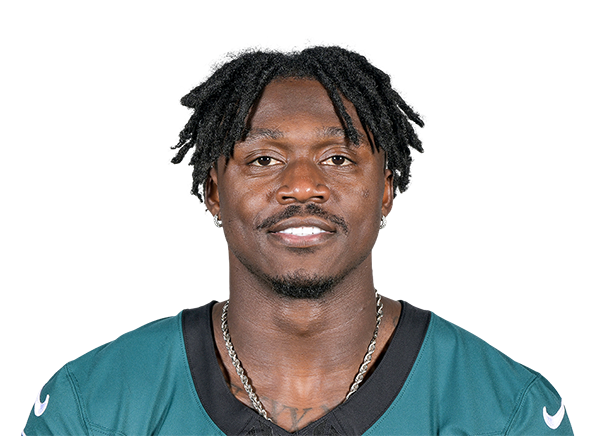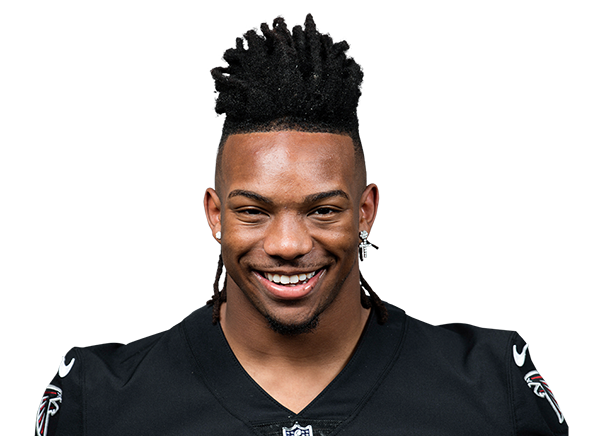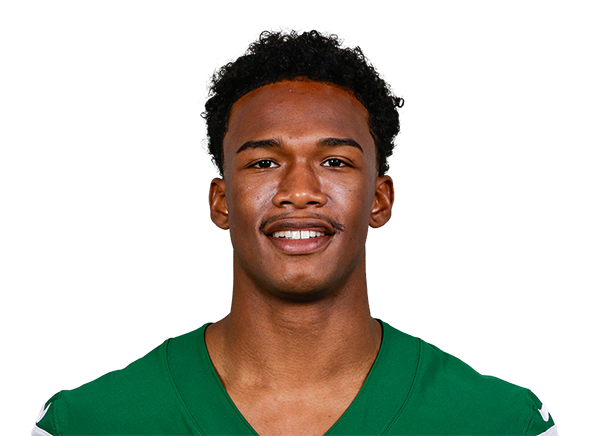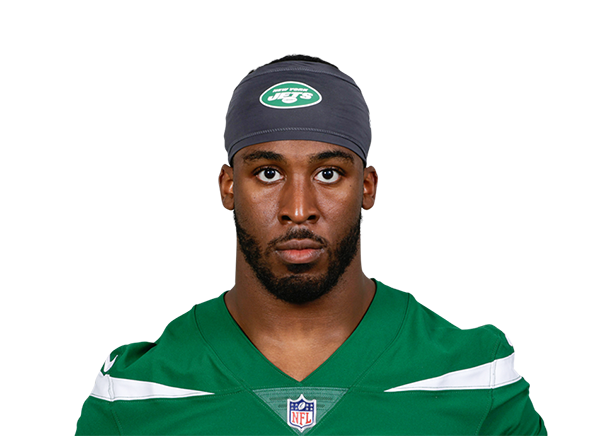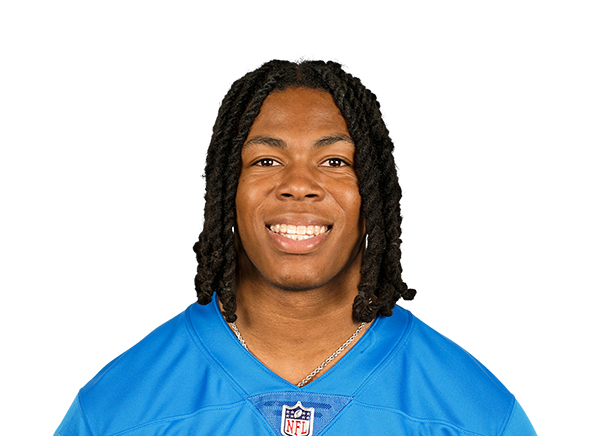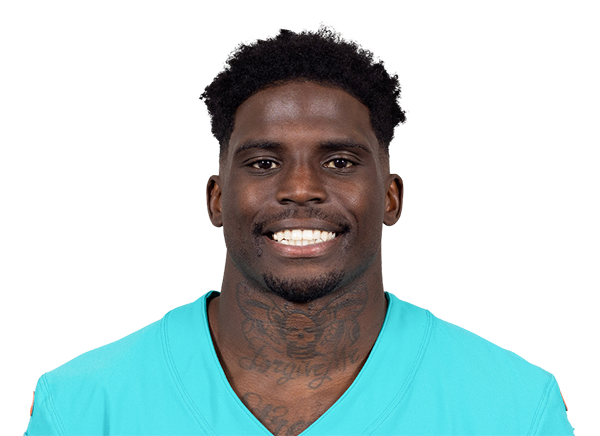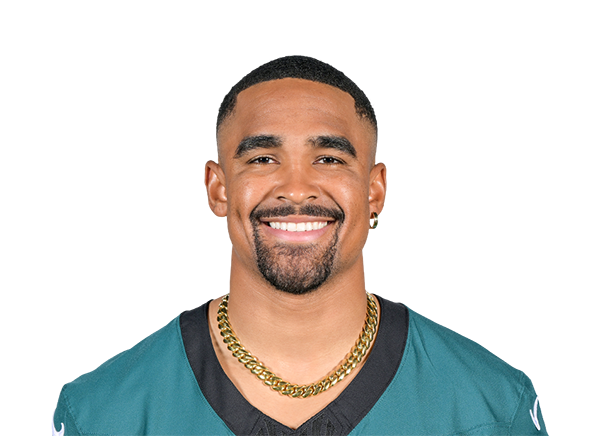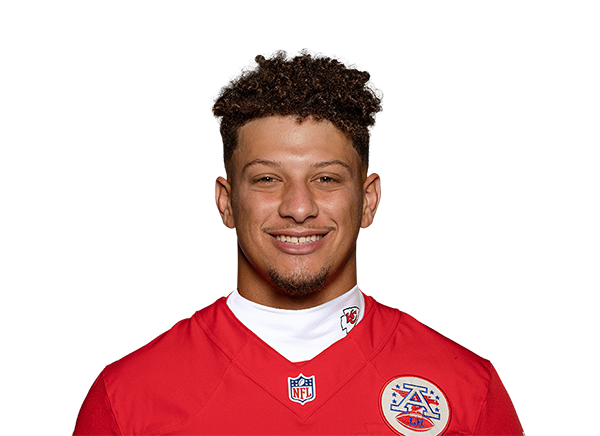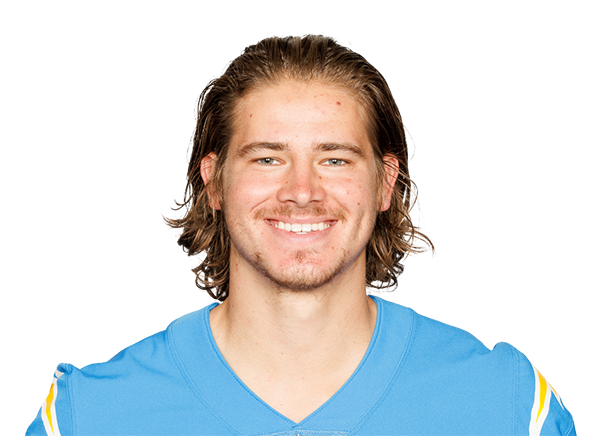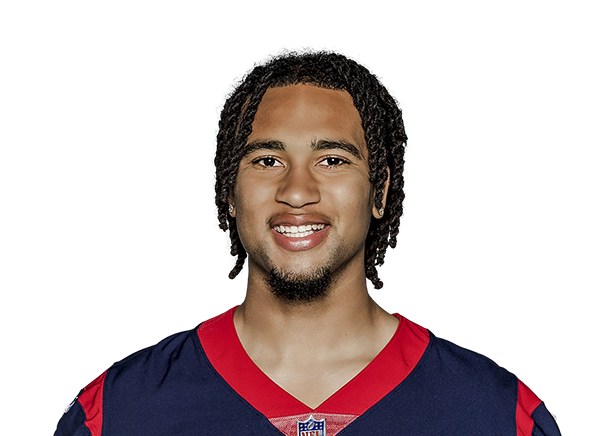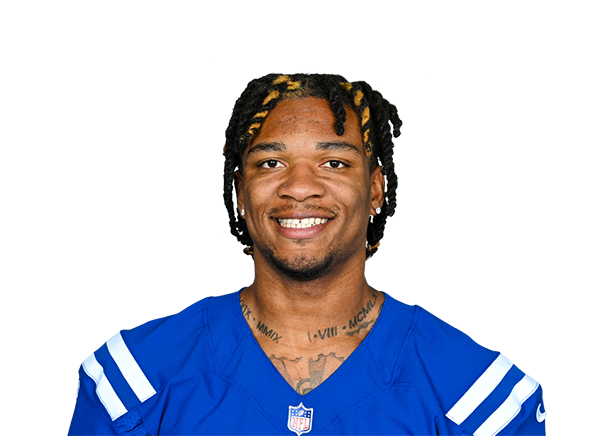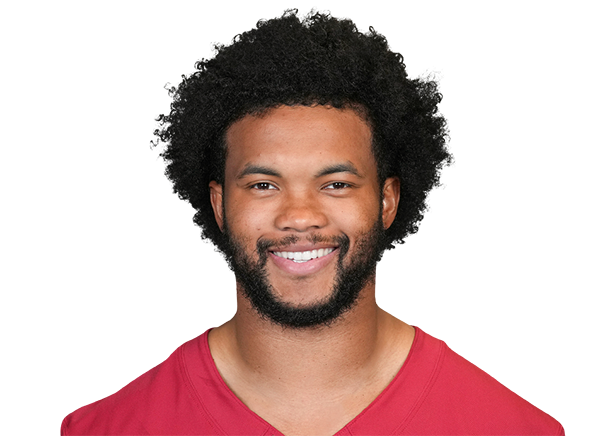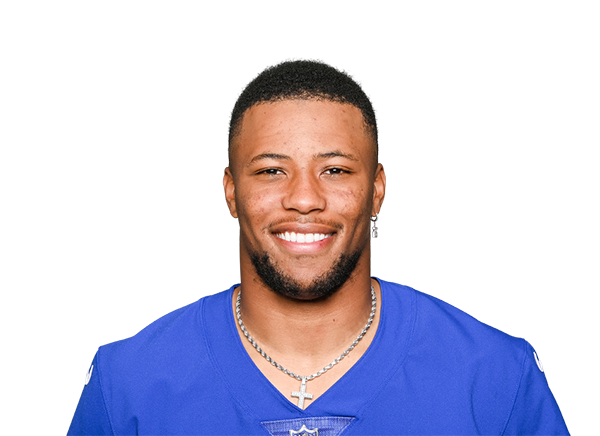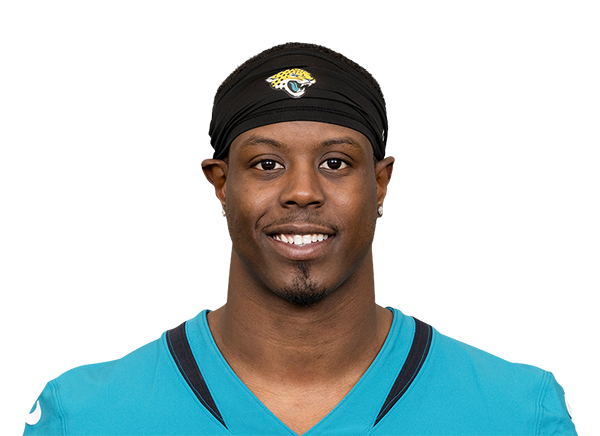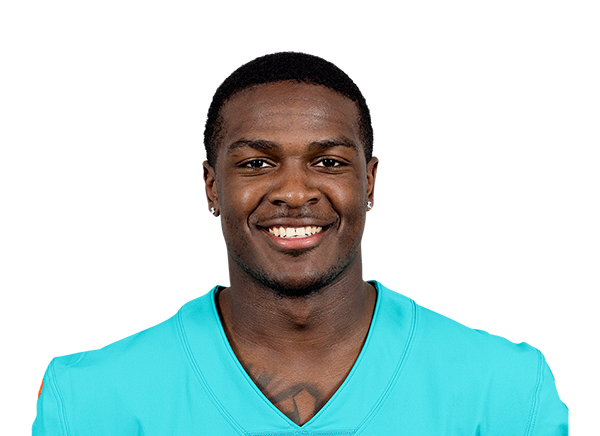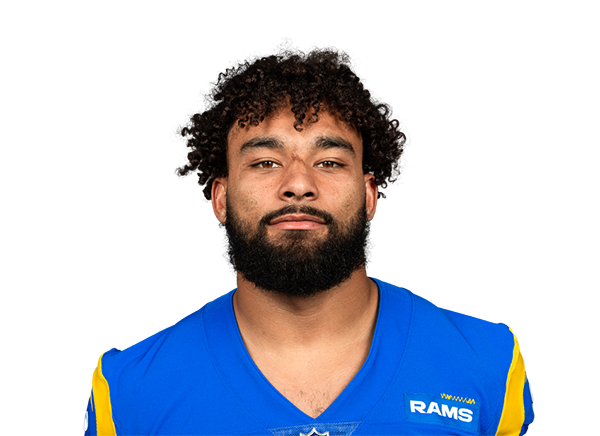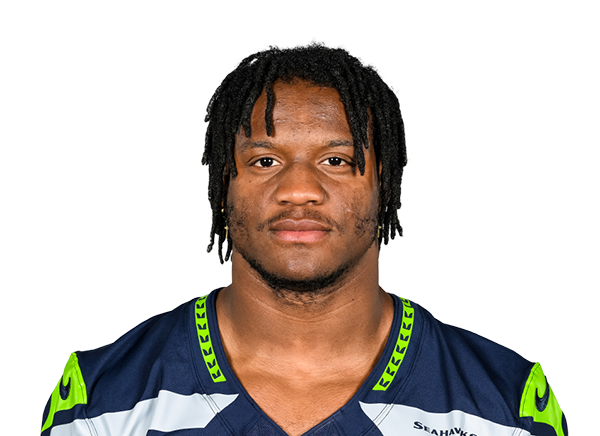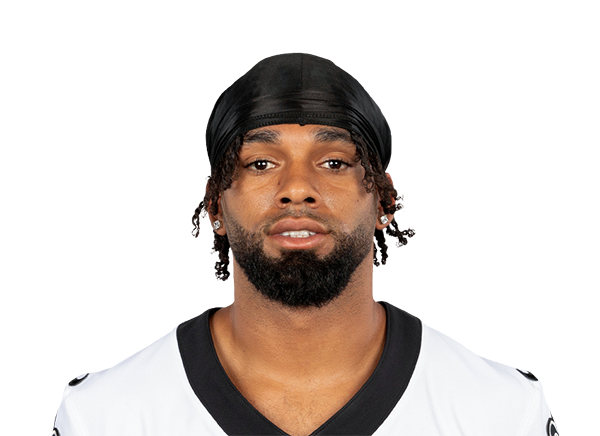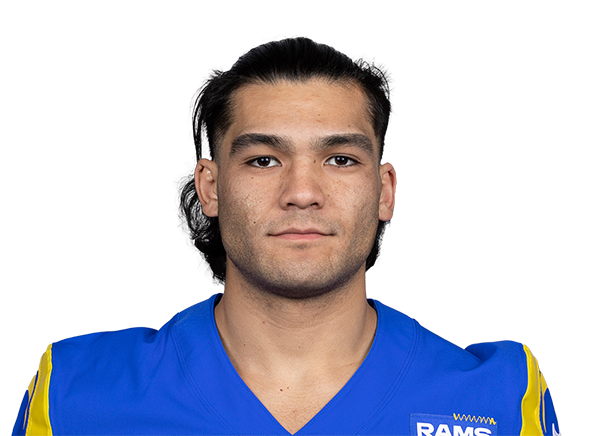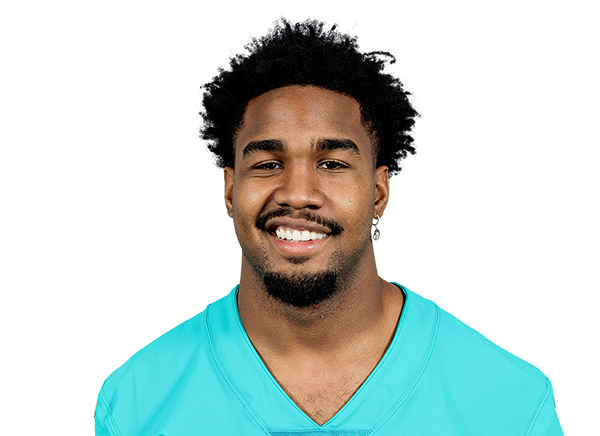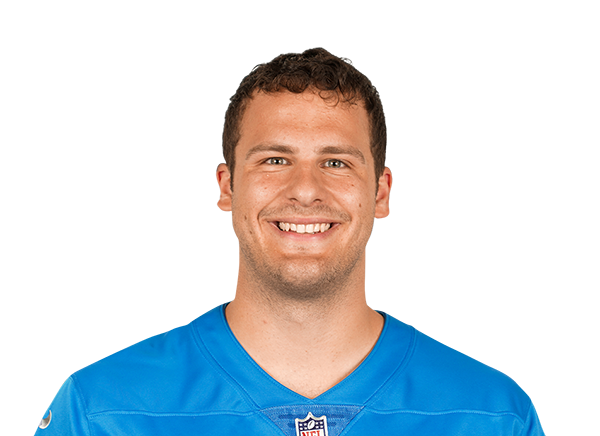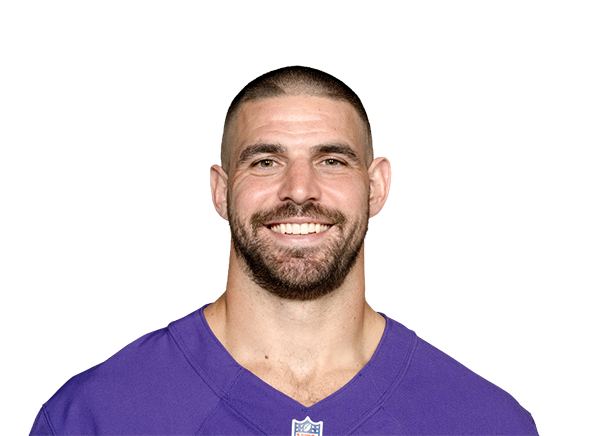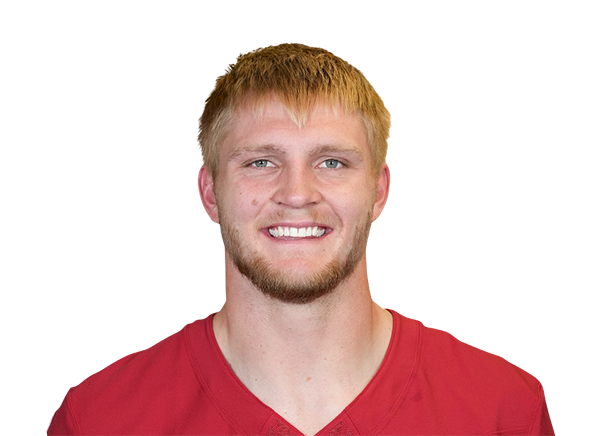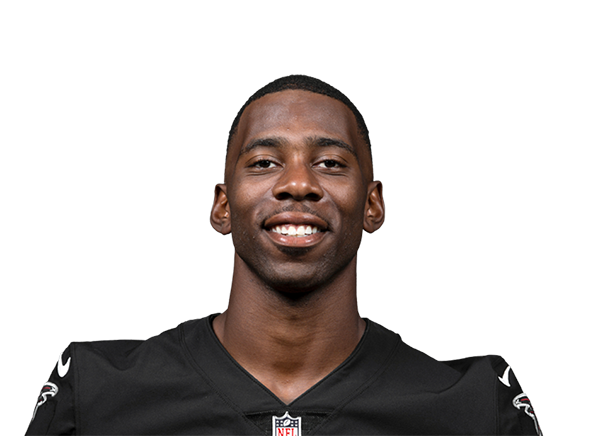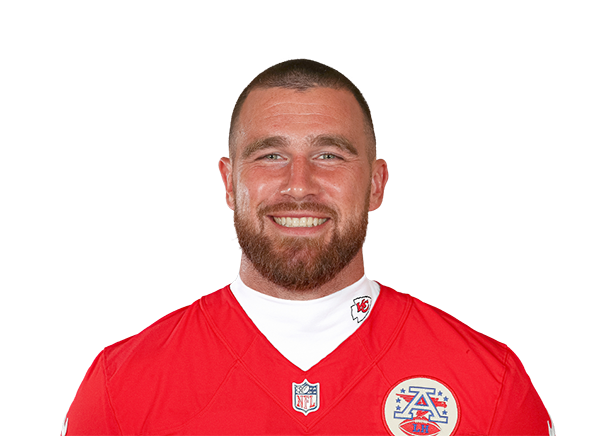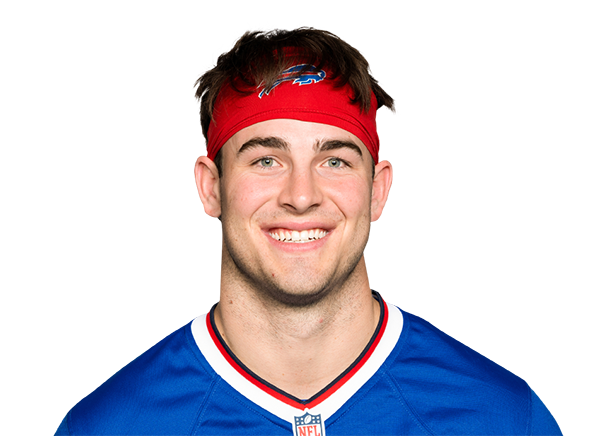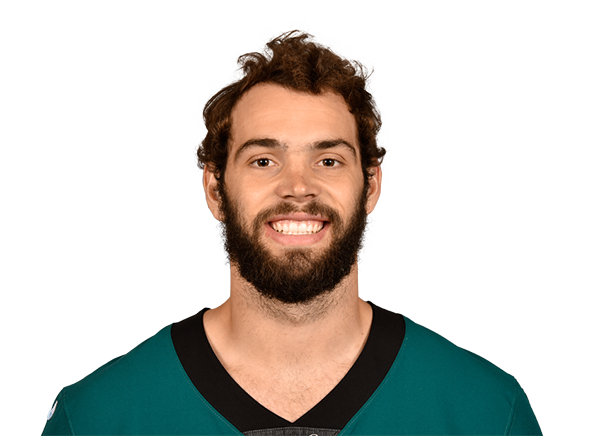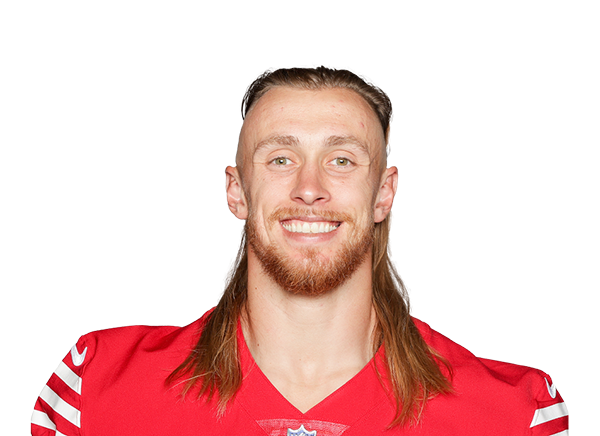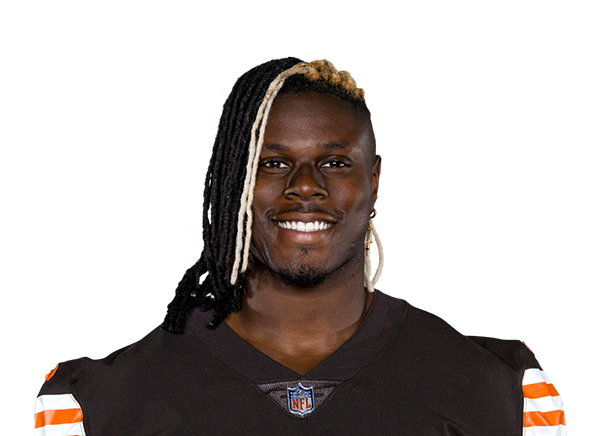2017 Rookie IDP Focus: Jamal Adams
Every season there are one or two defensive players in the draft who manage to pick up a ton of momentum without the general football populace watching them much. I totally get it. How many normal, rational people have the time to sit through dozens and dozens of defensive players who likely will never do anything in the NFL? In the past, we’ve seen Leonard Williams, Jalen Ramsey, Dante Fowler, Jadeveon Clowney, Dion Jordan, Ezekiel Ansah, and Justin Gilbert be those guys. Everyone agrees they can’t miss because they’ve seen some highlight plays and they were impressive.
I think Jamal Adams belongs in that group. In this article, I’ll try and examine how much he justified the hype in his rookie season.
Player background
[am4show have=’g1;’ guest_error=’sub_message’ user_error=’sub_message’ ]
Adams grew up in Texas and went to college at LSU where he was a superstar safety. He covered the entire field, made all sorts of plays and racked up numbers (over 60 tackles in each of his three seasons). Even though the LSU teams he played on were fairly pedestrian, he was a clear standout and went into the draft process being hugely feted. I saw him mocked in the top two several times and he ended up going sixth overall to the Jets.
Playing time
This is the most important filter on any thoughts about Adams. As you’d expect from a top draft selection on a middling team, Adams walked in to be the starter on day one and never relinquished that job. He stayed on the field for virtually every snap and ended up with 1,103 defensive snaps. That’s a huge number. Just 13 safeties have played more than that in the last five NFL seasons. In 2017, only one other NFL defender saw more playing time (another Jet – Demario Davis). That total equates to playing 69 snaps each week. He only lined up fewer than 60 times in three games over the whole season.
Flexibility
Pre-draft, I thought Adam’s strongest suit was his ability to perform various duties. He could play in the box as well as in the slot and was good in zone. He could move around the formation and pick up player in man. That is a fantastic strength in the modern NFL but it can be a detriment in IDP terms. If a player is manning the slot, his tackle efficiency drops. We want one-dimensional box players really. I compared Adams to Patrick Chung – a good player who can do various things but doesn’t put up big tackle numbers.
Here’s how Adams lined up week by week:
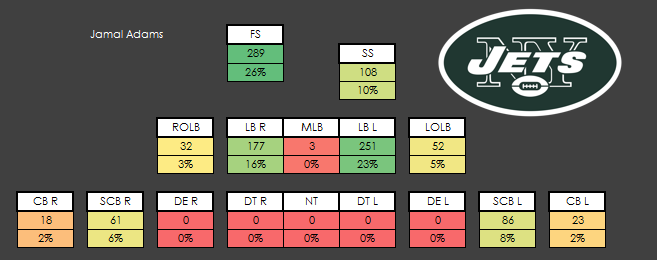
As you can see, Adams did move around a lot. He played in the box, on the edge, in the slot, deep and even a bit of outside corner.
In case you’re wondering whether his position was changed during the season, here it is broken out by week:
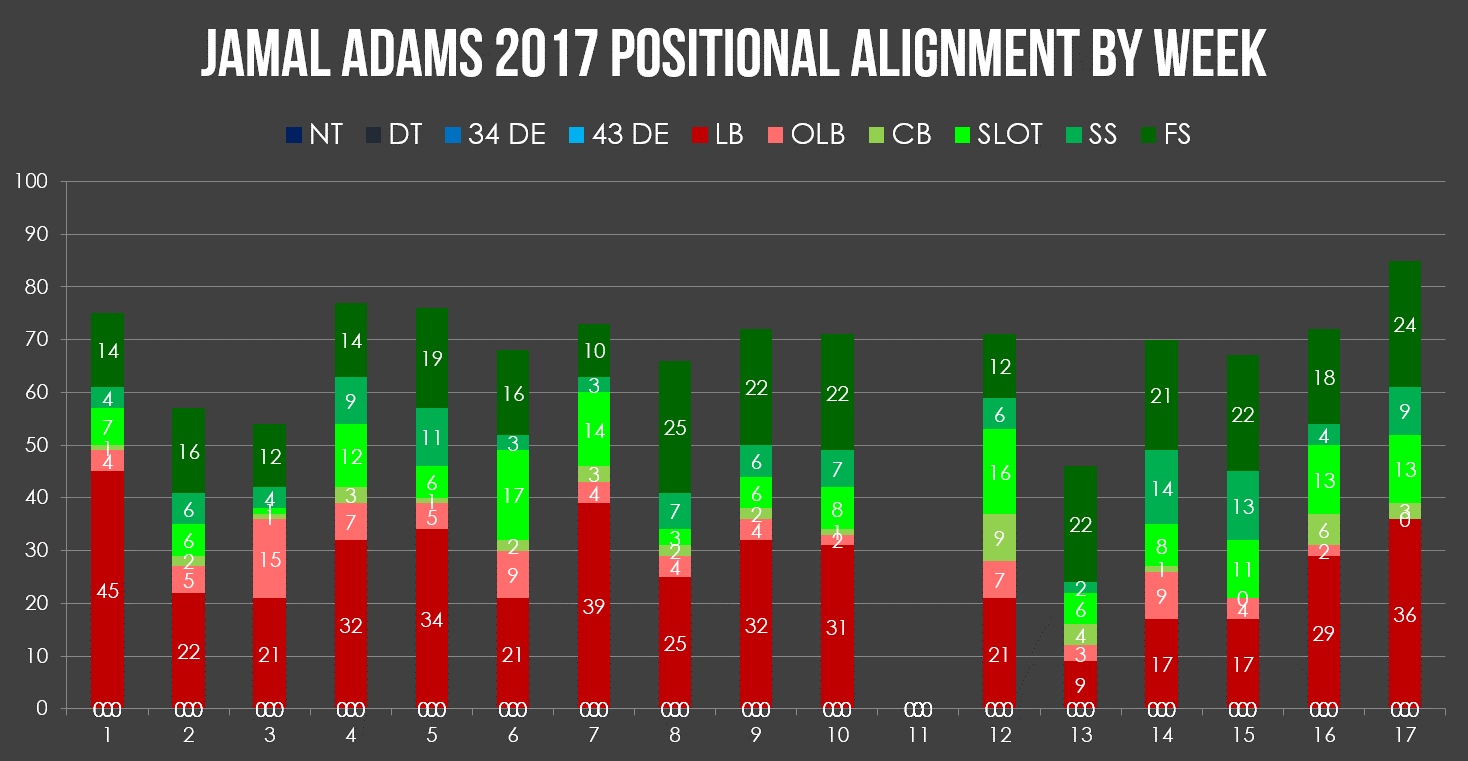
This is who he is. Todd Bowles is the same coach who turned Tyrann Mathieu into a do-it-all star. He’s one of the best coaches in the NFL at using defensive backs as chess pieces. As long as Bowles is the coach, Adams is going to be much more than simply a box safety. The big question for us is whether it turns him into a good IDP asset.
Tackling
Jamal Adams managed 63 solo tackles (12th amongst all safeties) and 19 assists (27th amongst all safeties). That put him 14th in total tackles with 82. For context, Reshad Jones led the league with 122. Keanu Neal managed 113. Landon Collins 99.
That made Adams’ tackle efficiency 7.4%. I.e. he made a tackle on 7.4% of his snaps. That number is slightly behind Tre Boston (7.6%), Ha Ha Clinton-Dix (7.5%) and Micah Hyde (7.7%). The eagle-eyed amongst you will notice that those players are all deeper-lying safeties. There were some box safeties who had a similar efficiency to Adams but he was mostly down in the realms populated by those of his peers who line up far away from the ball. This is a real worry to me.
It’s not necessarily true that the fault lies with Adams, of course. Demario Davis and Darron Lee both certainly hoovered up tackles all season. But ultimately it doesn’t matter. Whether he’s missing out on tackles because of his inability to make them, or because someone else is consistently making them first, he’s still missing out. And in the IDP game, we’re about identifying production – not ability.
Coverage plays
In those 1,103 snaps, Adams was in coverage 520 times. He was targeted 46 times and allowed 29 receptions for 397 yards and six touchdowns. That sounds pretty horrific, doesn’t it? Actually, that 63% completion rate isn’t that bad. Across the 50 safeties who played over 400 snaps in coverage, the average completion rate was 64.9% – so Adams was about average. Jeff Heath allowed 86.2%, Eddie Jackson 81.8%, Jabrill Peppers 81.3%.
The six touchdowns, however, were pretty bad. Only Andre Hal allowed more TDs in coverage amongst safeties in 2017.
But again as IDP players, we’re interested in production – not quality. Adams managed six passes defended (and no interceptions) for the season to give him a cover play efficiency of 0.5% – which ranked 63rd amongst safeties who played 500 total snaps or more. That was about the same as Karl Joseph, Tavon Wilson, Devin McCourty and Ron Parker but vastly inferior to the players at the top. Kevin Byard managed 2.2%. Harrison Smith 1.7%. Lamarcus Joyner 1.7%.
Moving Forward
I’m really torn on Adams. He certainly passed the eye test and is going to be a real asset in NFL terms to the Jets – as you’d expect for a top six pick. The IDP owners who drafted him early will be very confident about his production. But so many of the numbers he managed to put up were a result of his huge volume as opposed to his ability to make plays. Assuming he does not play over 1,100 snaps again in 2018 (which is a very good bet for any IDP), he’ll need to get much, much more efficient to be anywhere near S1 status. Given the wide availability of productive safeties, how much value is there in a non-elite producer at the position?
Summary
I do expect his effectiveness to improve and I also suspect Adams will be a perennial Pro Bowler due to his draft slot and creative use by Todd Bowles. But I’m just not sold on him being a top-tier IDP asset.
Going back to my starting point, there are defensive players every season that get assumed to be can’t-miss prospects because of consensus. Those players are routinely taken way too early in dynasty rookie drafts. Some of them turn out to be fantastic but even so, the opportunity cost of taking draft darlings tends to be way too high.
Thanks for reading.
[/am4show]
- Ten IDP Fantasy Football Stats You Need to Know after Week 16 - December 29, 2023
- Ten IDP Fantasy Football Stats You Need to Know after Week 15 - December 22, 2023
- Ten IDP Fantasy Football Stats You Need to Know after Week 14 - December 14, 2023






